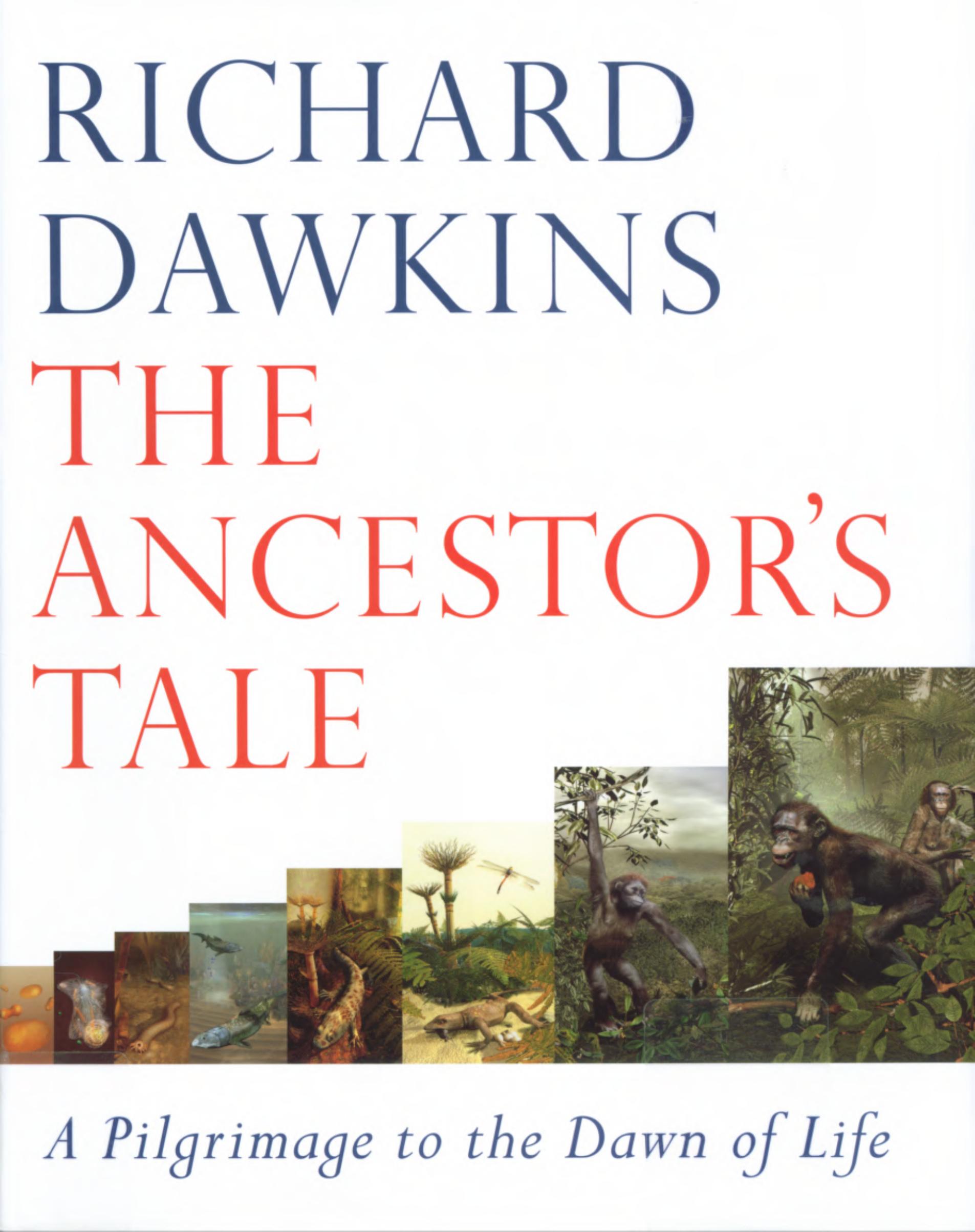The Ancestor's Tale by Richard Dawkins

Author:Richard Dawkins
Language: eng
Format: mobi, epub, pdf
ISBN: 9780297865414
Publisher: Orion Publishing Group
Published: 2011-05-29T20:45:50+00:00
THE BLIND CAVE FISH’S TALE
Animals of various kinds have found their way into dark caves, where living conditions are obviously very different from outside. Repeatedly, and in many different animal groups including flatworms, insects, crayfish, salamanders and fish, cave dwellers have independently evolved many of the same changes. Some can be thought of as constructive changes – for instance, delayed reproduction, fewer but larger eggs, and increased longevity. Apparently in compensation for their useless eyes, cave animals typically have enhanced senses of taste and smell, long feelers and, in the case of fish, improvements to the lateral line system (a pressure-related sense organ beyond our empathy but deeply meaningful to fish). Other changes are referred to as regressive. Cave dwellers tend to lose their eyes and their skin pigment, becoming blind and white.
The Mexican tetra Astyanax mexicanus (also known as A. fasciatus) is particularly remarkable because different populations within the one species of fish have independently followed streams into caves and very rapidly evolved a common pattern of cave-related regressive changes, which can be directly contrasted with fellow species members still living outside. These ‘Mexican blind cave fish’ are found only in Mexican caves – mostly limestone caves in a single valley. Once understandably thought to belong to their own separate species, they are now classified as a race of the same species, Astyanax mexicanus, which is common in surface waters from Mexico to Texas. The blind race has been found in 29 separate caves and, to repeat, it looks strongly as though at least some of these cave populations evolved their regressive eyes and white coloration independently of each other: surface-dwelling tetras have on many occasions taken up residence in caves, and independently lost their eyes and their colour on each occasion.
Intriguingly, it appears that some populations have been in their caves longer than others, and this shows itself as a gradient in the extent to which they have pushed in the typical cave-specific direction. The extreme is found in the Pachon cave, believed to hold the oldest cave population. At the ‘young’ end of the gradient is the Micos cave, whose population is relatively unchanged from the normal surface-dwelling form of the species. None of the populations can have been in their caves very long because this is a South American species which could not have crossed into Mexico before the formation of the Isthmus of Panama 3 million years ago – the Great American Interchange. My guess is that the cave populations of tetras are far younger than that.
It is easy to see why dwellers in darkness might never have evolved eyes in the first place; less easy to see why, given that their recent ancestors certainly had normal, functioning eyes, the cave fish should ‘bother’ to get rid of them. If there is a possibility, however slight, of a cave fish finding itself washed out of its cave into the light of day, wouldn’t there be some benefit in keeping the eyes ‘just in case’? That isn’t how evolution works, but it can be rephrased in respectable terms.
Download
The Ancestor's Tale by Richard Dawkins.epub
The Ancestor's Tale by Richard Dawkins.pdf
This site does not store any files on its server. We only index and link to content provided by other sites. Please contact the content providers to delete copyright contents if any and email us, we'll remove relevant links or contents immediately.
| Fossils | Game Theory |
| Genetics | Molecular Biology |
| Organic | Paleontology |
Sapiens: A Brief History of Humankind by Yuval Noah Harari(14320)
Sapiens by Yuval Noah Harari(5322)
Pale Blue Dot by Carl Sagan(4954)
Homo Deus: A Brief History of Tomorrow by Yuval Noah Harari(4871)
Livewired by David Eagleman(3729)
Origin Story: A Big History of Everything by David Christian(3666)
Brief Answers to the Big Questions by Stephen Hawking(3393)
Inferior by Angela Saini(3293)
Origin Story by David Christian(3170)
Signature in the Cell: DNA and the Evidence for Intelligent Design by Stephen C. Meyer(3098)
The Gene: An Intimate History by Siddhartha Mukherjee(3074)
The Evolution of Beauty by Richard O. Prum(2963)
Aliens by Jim Al-Khalili(2803)
How The Mind Works by Steven Pinker(2777)
A Short History of Nearly Everything by Bryson Bill(2659)
Sex at Dawn: The Prehistoric Origins of Modern Sexuality by Ryan Christopher(2500)
From Bacteria to Bach and Back by Daniel C. Dennett(2462)
Endless Forms Most Beautiful by Sean B. Carroll(2443)
Who We Are and How We Got Here by David Reich(2418)
